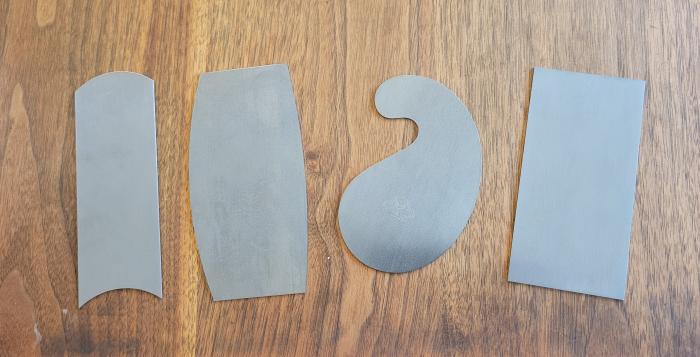- Joined
- Oct 11, 2021
- Messages
- 712
- Points
- 403

Hello fellow ship modelers.
This will be my second buildlog on SOS as my first one Santa Maria is finished.
This time another ship, from another time period and from a different manufacturer.
These type of fast ships the "xebecs or jabeques" intrigued me since childhood after reading Redbeard comics. These ships were used by Barbary pirates in the Mediterranean sea and plundered merchant ships, murdered the crew and enslaved the women and childeren which were sold on the black market. Speaking of hellish times...
They were so fast and maneuverable like a barracuda fish in the water. To me, the elongated hull looks pretty similar to a Barracuda fish... maybe it's only in my mind, what can I say.
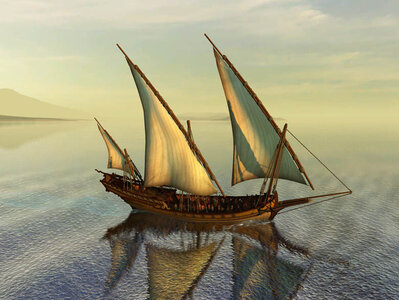
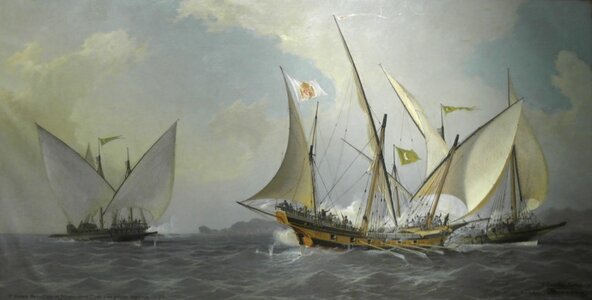
Source: https://commons.wikimedia.org/wiki/File onAntonioBarcelóConSuJabequeCorreoRindeADosGaleotasArgelinas.jpg
onAntonioBarcelóConSuJabequeCorreoRindeADosGaleotasArgelinas.jpg
The kit and the box
However, only a few kit's are on the market and the most available (was in stock) for me at this time was the one from OcCre. So, I choose the OcCre model, which is a Spanish version of a Xebec. From what I have seen, OcCre made some shortcuts in their design of this ship and the materials used. This asks for some alternations, but I do like the overall looks of this model.
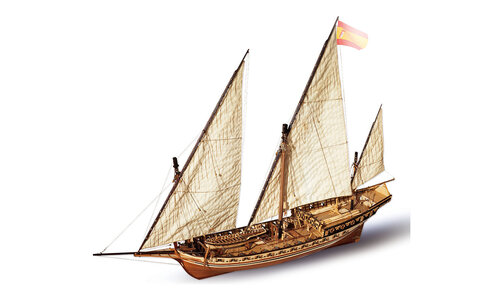
Ref: 14002
Scale: 1:60
Length: 860 mm / approx. 33,8 inch
Width: 160 mm / approx. 6,3 inch
Hight: 630 mm / approx. 24,8 inch
Difficulty: *** out of *****
More information on https://www.occre.com/model-ship/jabeque.html
The box itself is pretty standard for OcCre, all boxes (box-art) are pretty much the same. I've you see one, you see them all, and all materials are nicely packaged.
The kit comes standard with pre-sawn sails which are handy which I probably will alter and a nicely step by step photographed manual.
A downsize of many "modern" kit's are the lumber which is used. They tend to use cheap plywood and Sapelli (reddish kind of mahogany type of wood) instead of the much more preferred Walnut. I will change this as well. The one thing I really dislike is the brown stained plywood which hauls the keel, stem and rudder. In my opinion, this must be solid hardwood / walnut which I'll try to remake.
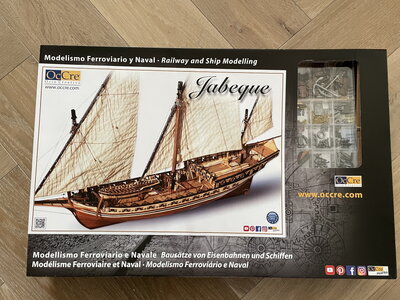
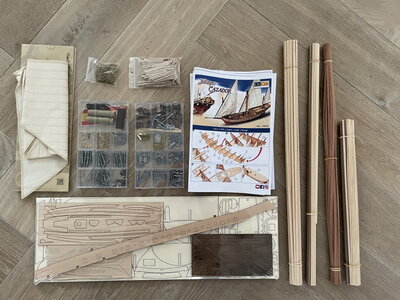
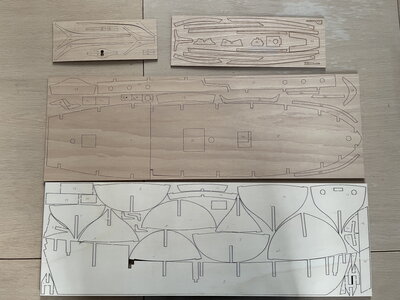
Next post will be the start of this kit, stay tuned.
Pter
This will be my second buildlog on SOS as my first one Santa Maria is finished.
This time another ship, from another time period and from a different manufacturer.
These type of fast ships the "xebecs or jabeques" intrigued me since childhood after reading Redbeard comics. These ships were used by Barbary pirates in the Mediterranean sea and plundered merchant ships, murdered the crew and enslaved the women and childeren which were sold on the black market. Speaking of hellish times...
They were so fast and maneuverable like a barracuda fish in the water. To me, the elongated hull looks pretty similar to a Barracuda fish... maybe it's only in my mind, what can I say.


Source: https://commons.wikimedia.org/wiki/File
The kit and the box
However, only a few kit's are on the market and the most available (was in stock) for me at this time was the one from OcCre. So, I choose the OcCre model, which is a Spanish version of a Xebec. From what I have seen, OcCre made some shortcuts in their design of this ship and the materials used. This asks for some alternations, but I do like the overall looks of this model.

Ref: 14002
Scale: 1:60
Length: 860 mm / approx. 33,8 inch
Width: 160 mm / approx. 6,3 inch
Hight: 630 mm / approx. 24,8 inch
Difficulty: *** out of *****
More information on https://www.occre.com/model-ship/jabeque.html
The box itself is pretty standard for OcCre, all boxes (box-art) are pretty much the same. I've you see one, you see them all, and all materials are nicely packaged.
The kit comes standard with pre-sawn sails which are handy which I probably will alter and a nicely step by step photographed manual.
A downsize of many "modern" kit's are the lumber which is used. They tend to use cheap plywood and Sapelli (reddish kind of mahogany type of wood) instead of the much more preferred Walnut. I will change this as well. The one thing I really dislike is the brown stained plywood which hauls the keel, stem and rudder. In my opinion, this must be solid hardwood / walnut which I'll try to remake.



Next post will be the start of this kit, stay tuned.
Pter
Last edited:


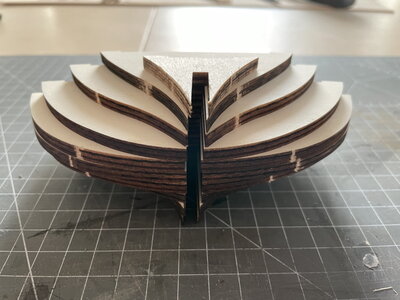
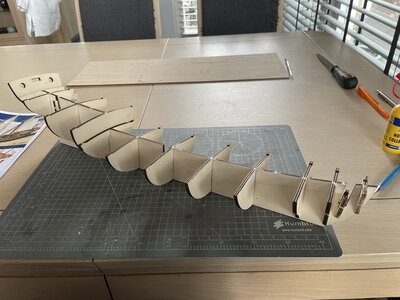
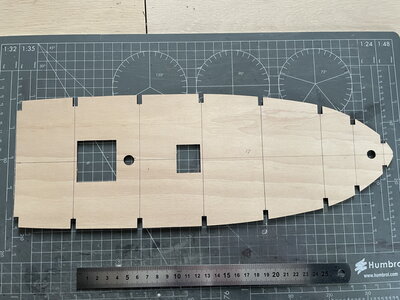
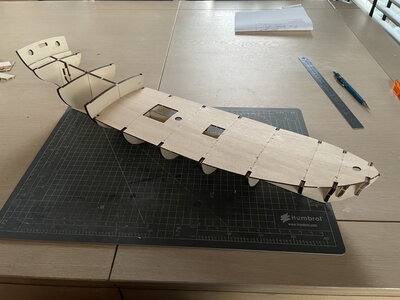
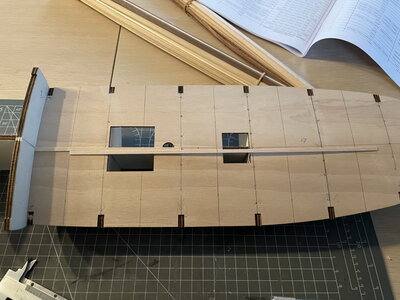
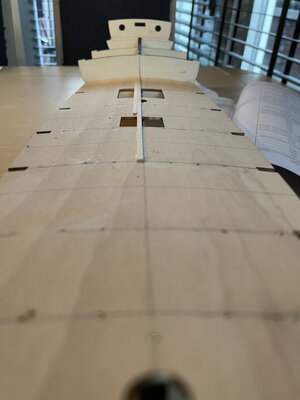
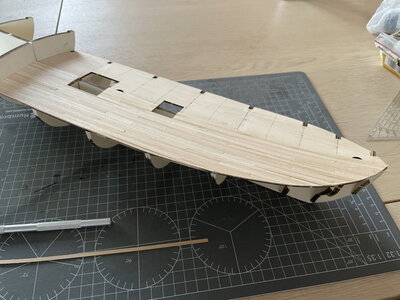
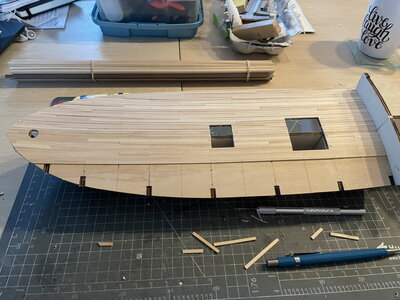
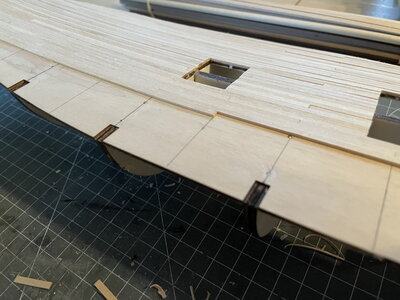
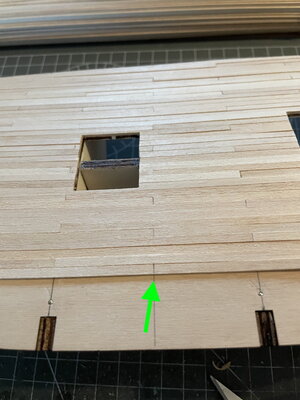
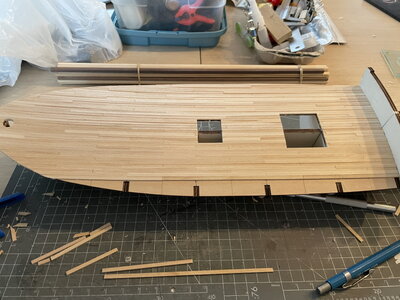
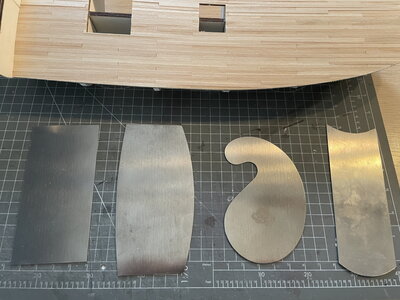
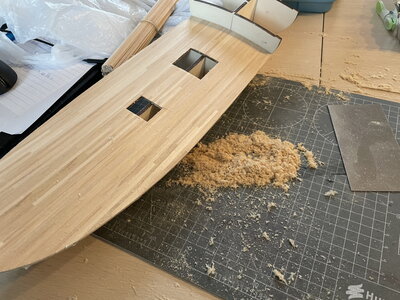
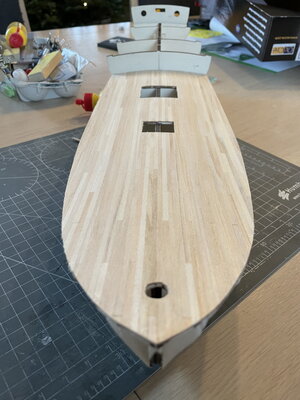



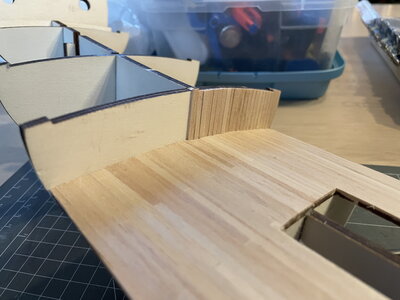
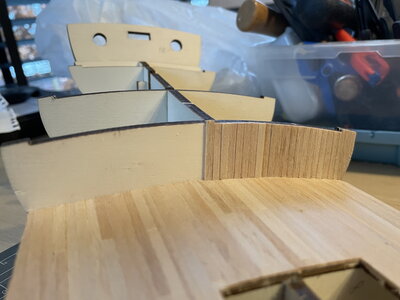
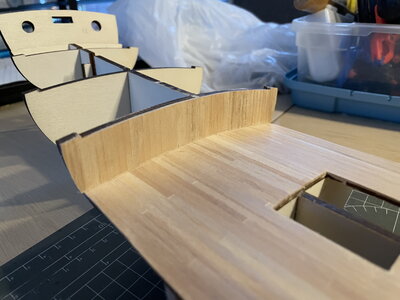
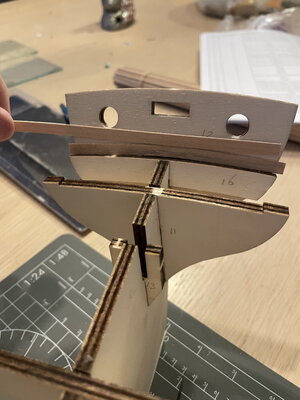
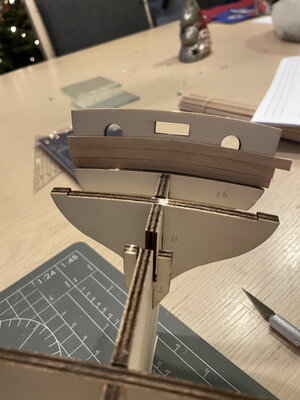
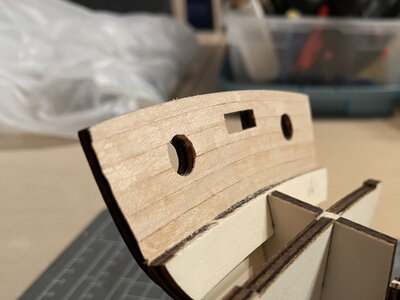
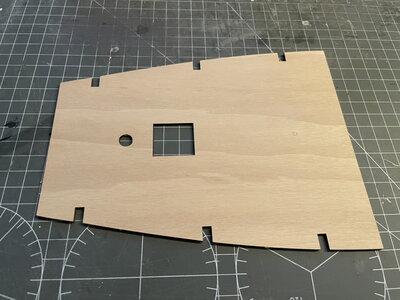
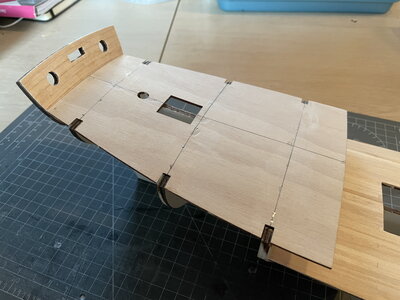
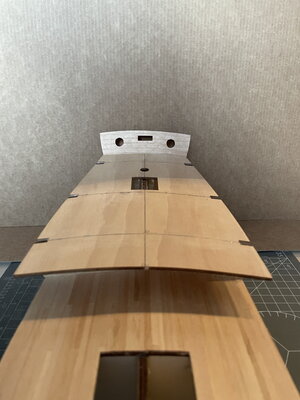
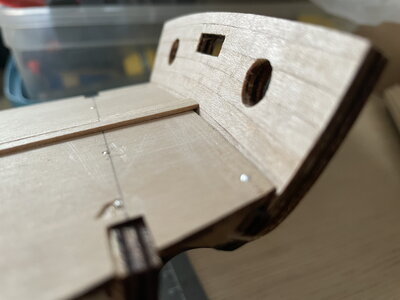
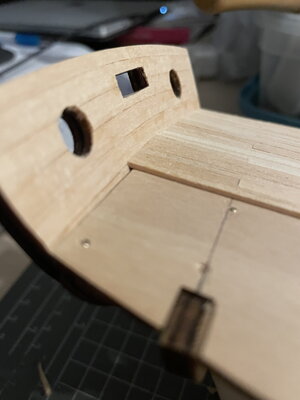
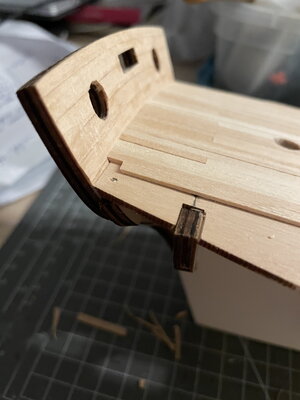
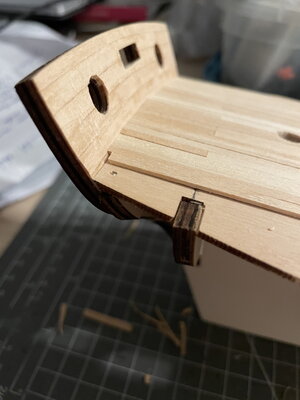
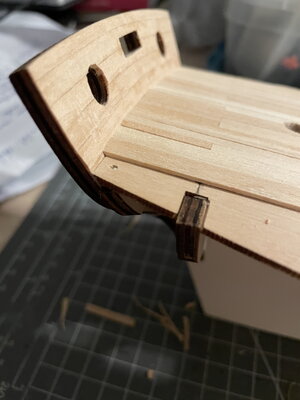
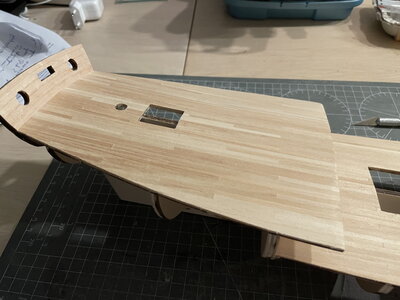
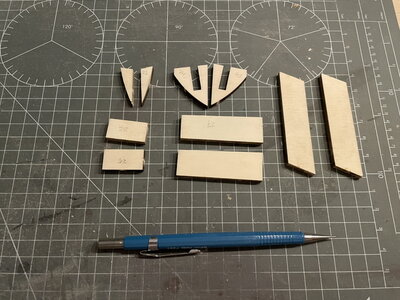
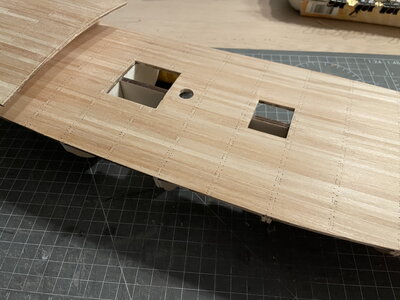
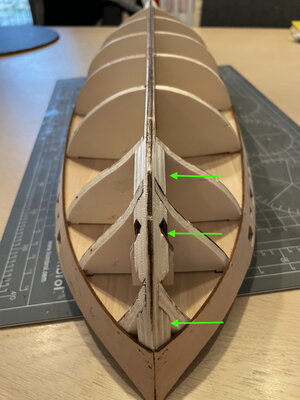
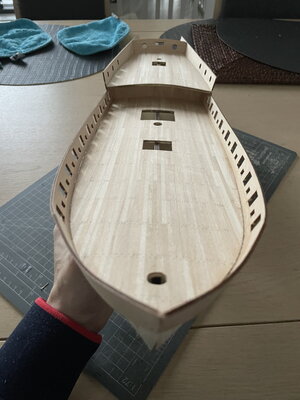
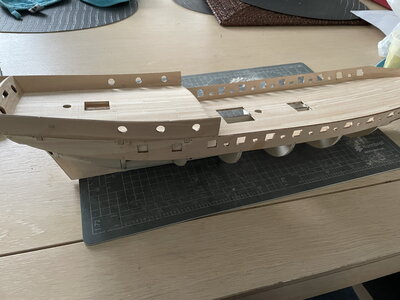
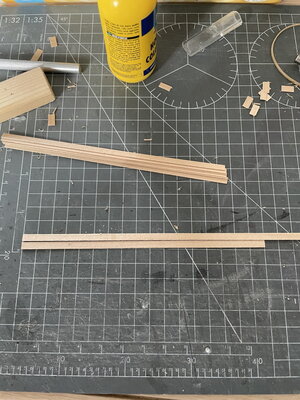
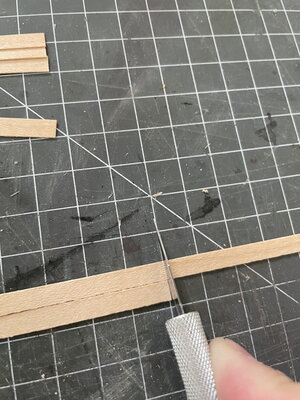
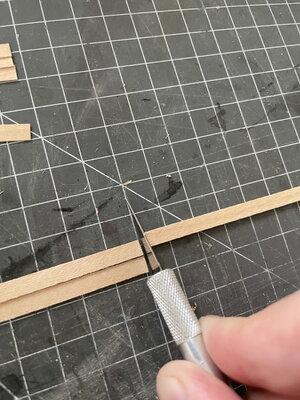
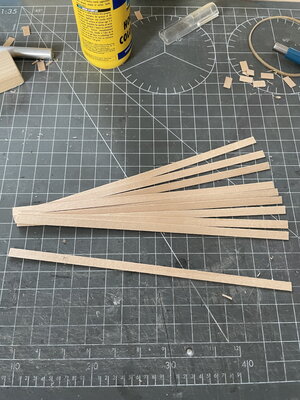
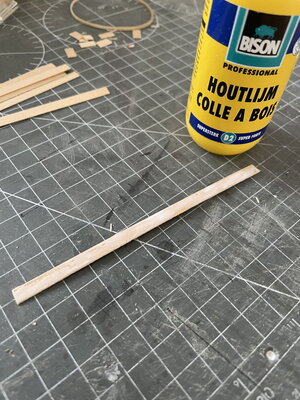
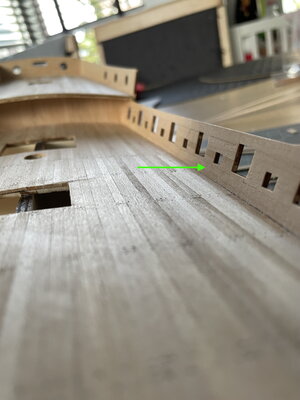
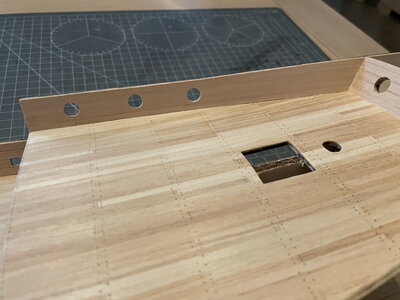
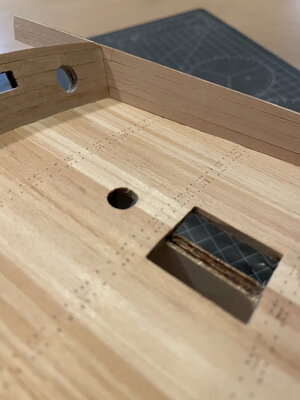
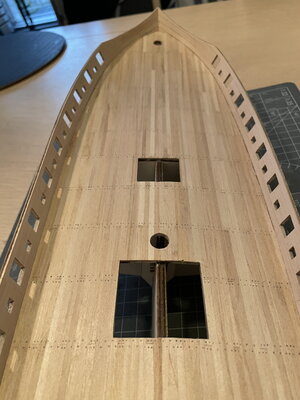
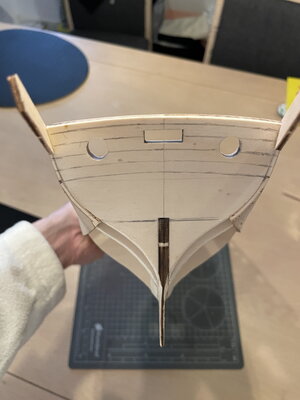
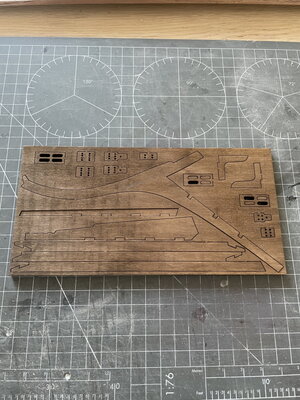
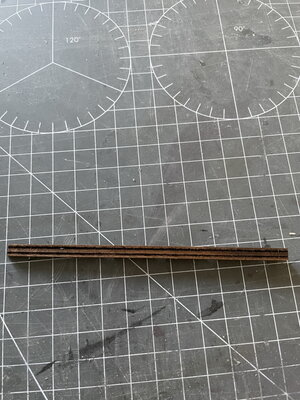
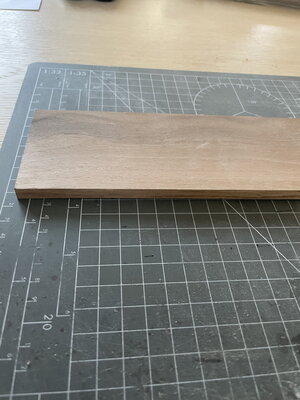
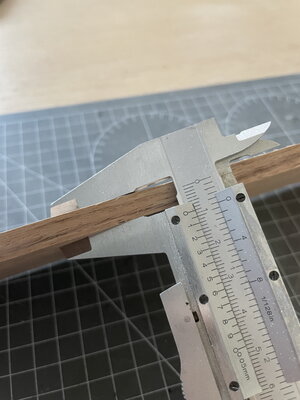
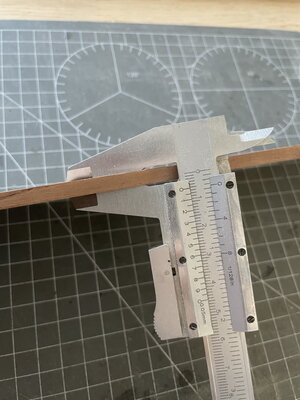
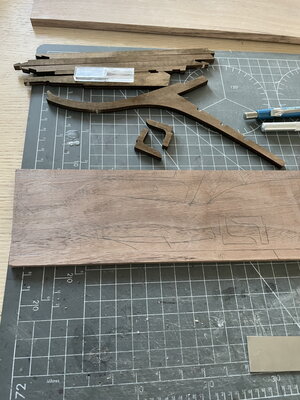
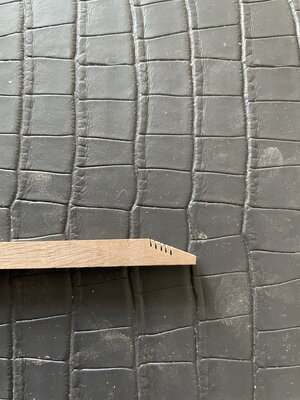
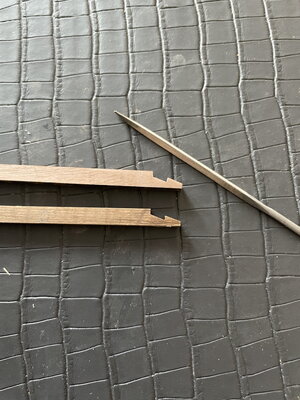
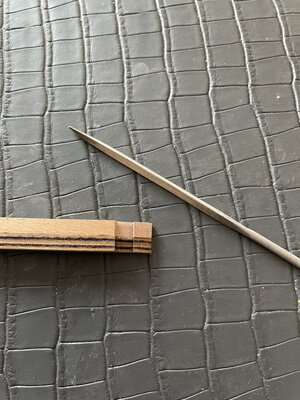
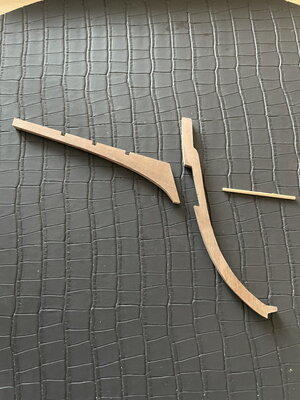
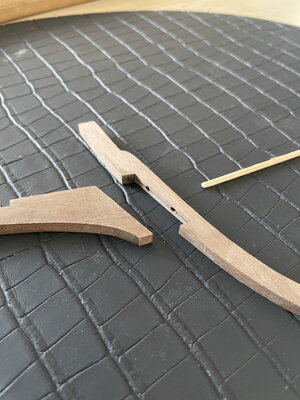
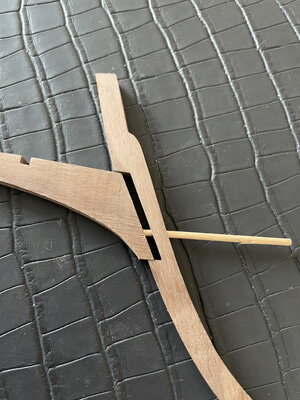
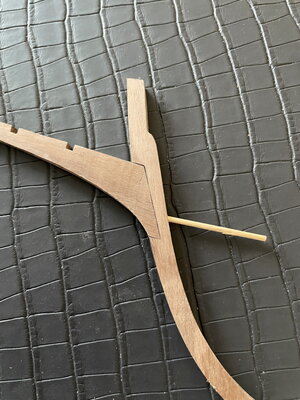
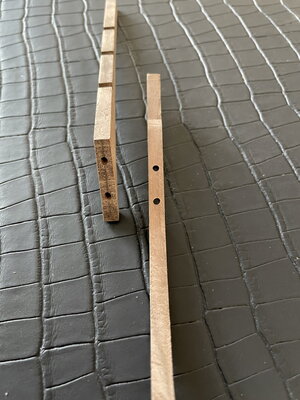
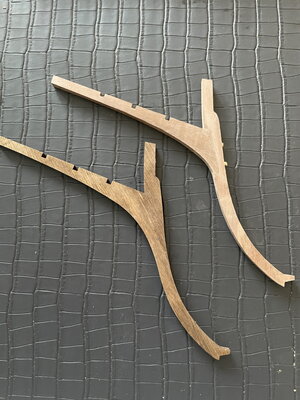
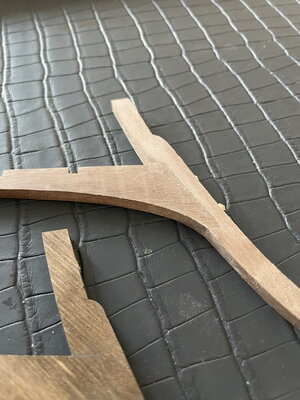
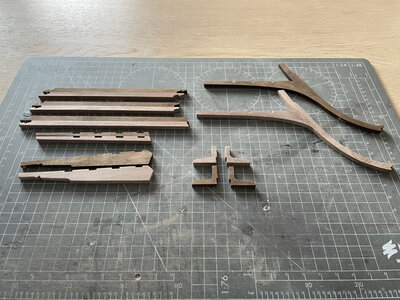
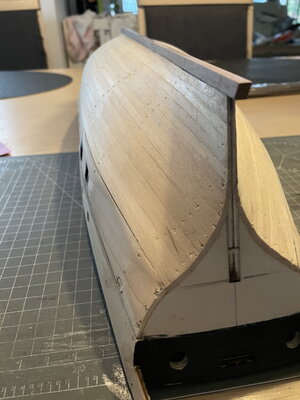
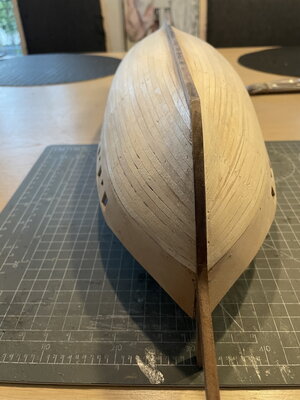
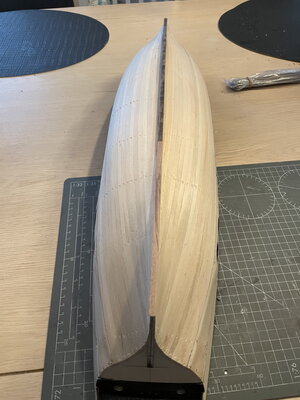
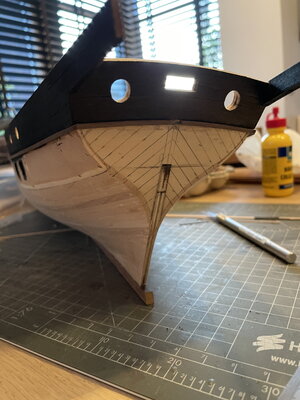
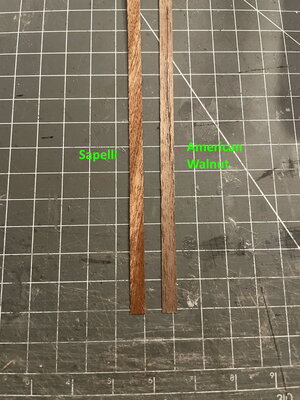
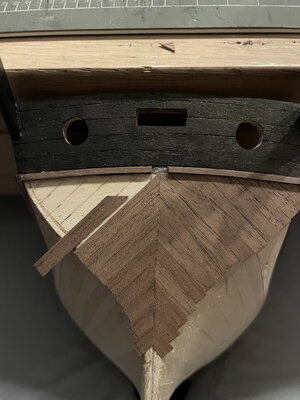
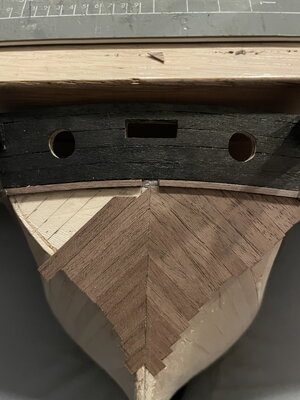
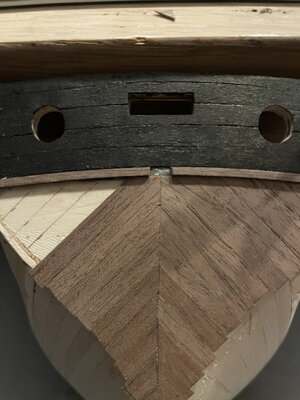
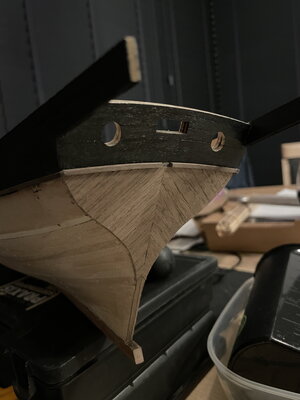
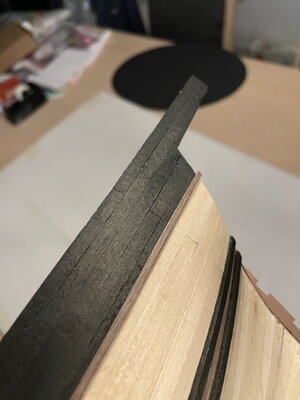
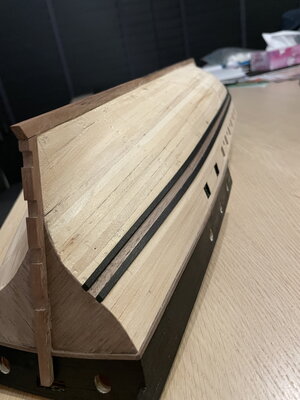
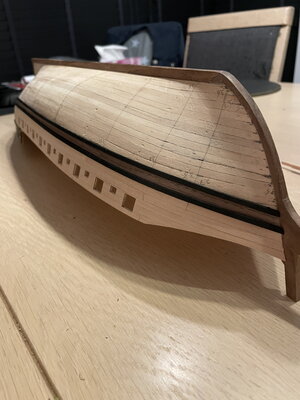
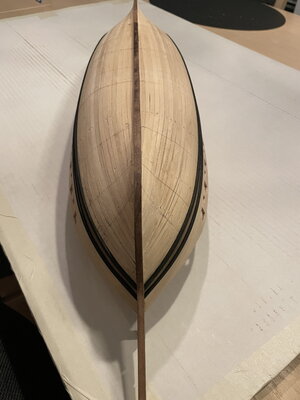
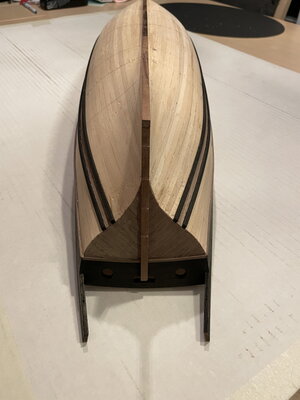
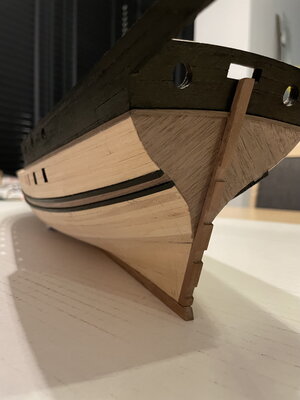
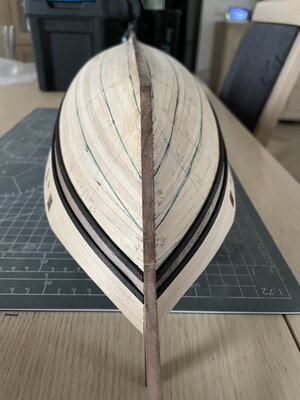
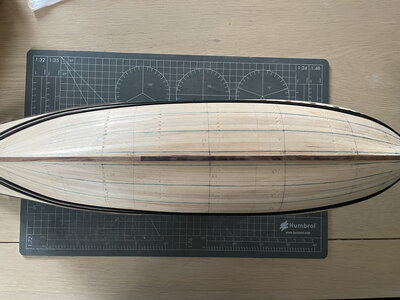
 , next time I start with the second layer on the hull.
, next time I start with the second layer on the hull.
